
English_books / academic_writing
.pdf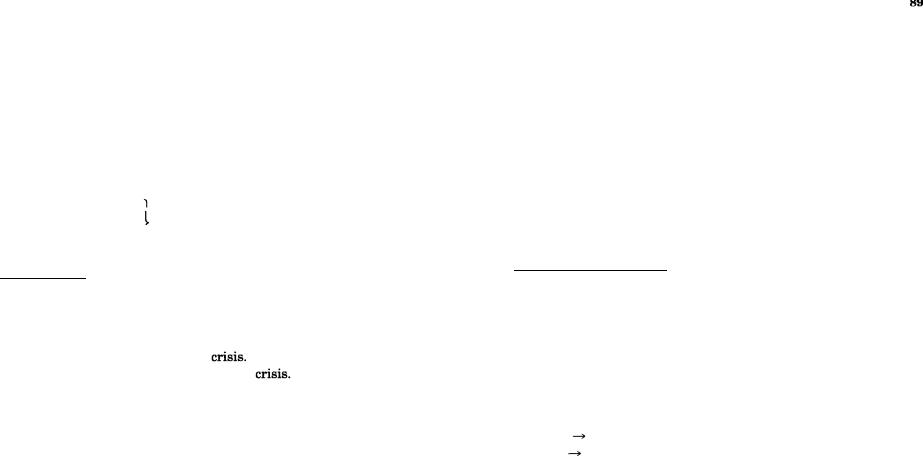


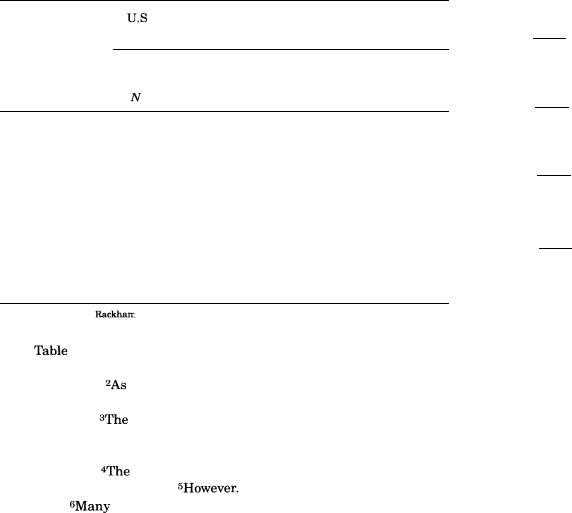
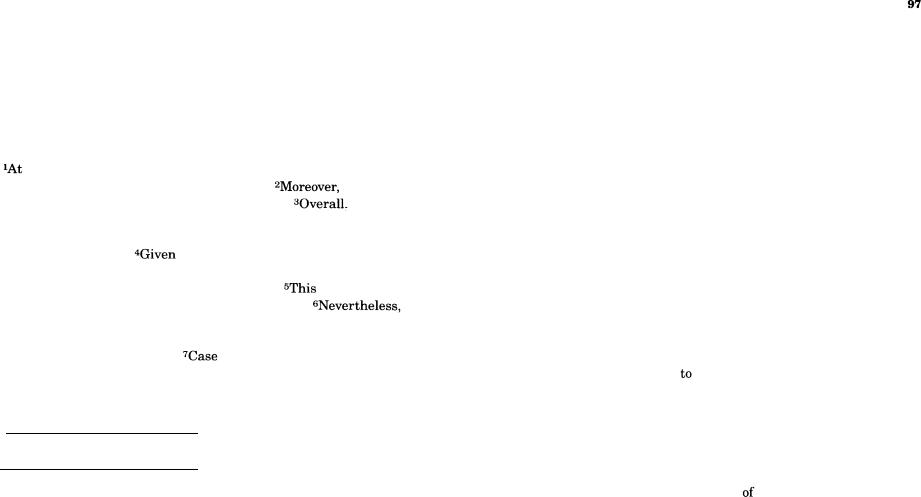
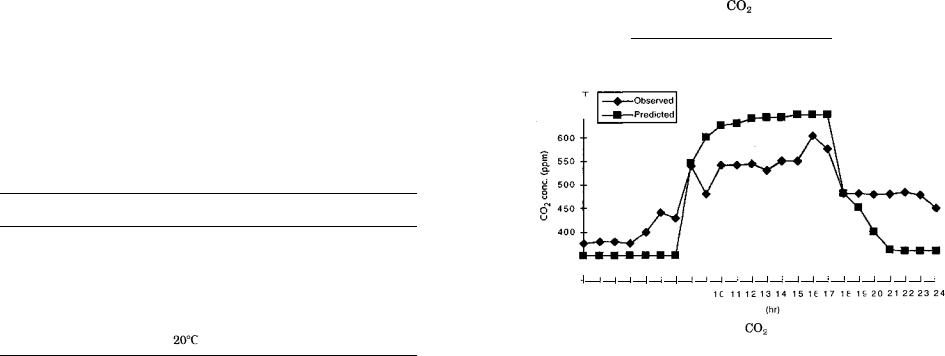
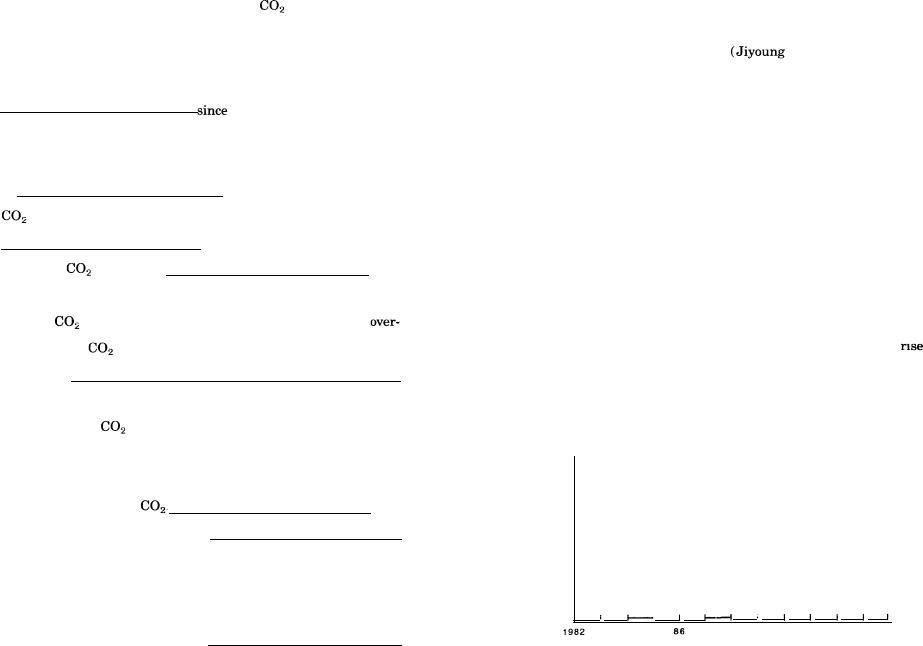
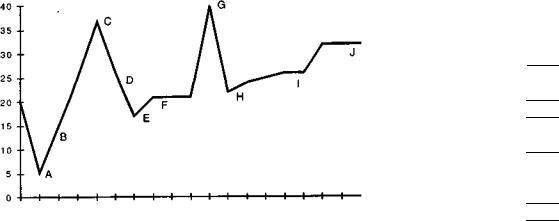
102 / Academic Writing for Graduate Students
Fig. 8. Hard sciences graph @@@
Now look at a graph from the physical sciences in figure 8 and again choose a term that best describes each letter. Some terms may be used more than once.
minimum |
local dip/local minimum |
local maximum |
spike |
maximum/peak |
leveling off |
kink |
linear increase |
|
In what way are the terms for the physical sciences different?
Dealing with Chronological Data
The graph in figure 7 is the first nonverbal material we have given with a time dimension. Chronological data often present writers of data commentary with an organizational problem. On the one hand, writers want to follow the general-specific rule. On the other, they may want to respect the chronological order, that is, to start with the earliest and finish with the latest.
Task Fourteen
The sentences in this commentary expand on the information given in figure 7. They are not in the correct order. Rearrange them in an
Data Commentary / 103
appropriate order. Place 1 in front of the first sentence, 2 before the second, and so on. Work with a partner if possible.
a.Some fluctuation is probably inevitable, since only less than 20 students took the qualifying exam each year.
b.As can be seen, the pass rate fluctuated quite widely.
c.From 1989 until the end of the period covered, pass rates have steadily climbed.
d.Figure 7 gives the qualifying examination pass rates in mechanical engineering at a U.S. research institution for the 1982-94 period.
e.In fact, the pass rate seems to be cyclical.
f.Other possible factors are the amount of research funding, the quality of the students themselves, and the priority given to doctoral funding.
—g. Even so, the fact that 10 out of 15 students passed in 1985 probably caused the department to try and reduce its number of doctoral students the following year.
—h. The years 1982-85 saw a rapid rise, followed by a steep fall in 1986 and then a low trough until 1989.
— i. For instance, it reached a peak of 66% in 1985 and a low of 38% in 1989.
What can you conclude about how this data commentary is organized?
Language Focus: Prepositions of Time
Look back at the sentences in Task Fourteen and underline all the prepositions of time. Now study these alternatives.
From 1982 to 1985 the pass rates rose.
During the first four years, the pass rates rose.
The pass rate fluctuated from 1982 to 1994.
The pass rate fluctuated throughout the period.
The pass rate remained under 50% from 1986 to 1991. The pass rate remained under 50% until 1991.
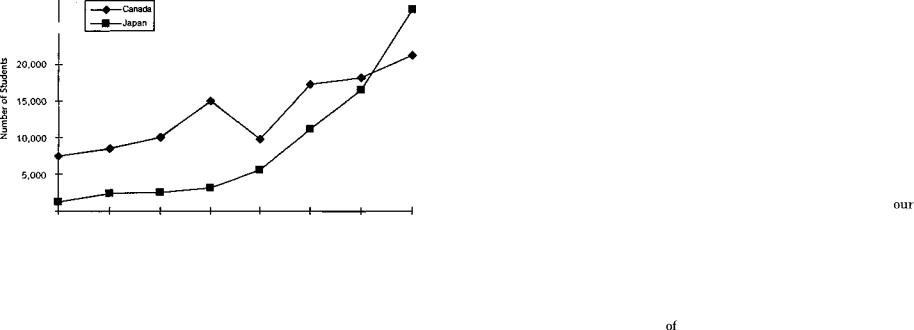
106/ Academic Writing for Graduate Students
2.It should present the source material in a neutral fashion.
3.It should condense the source material and be presented in the summary writer's own words. (Summaries that consist of directly copied portions of the original rarely succeed.)
Notice that we have not said anything about the length of a summary, because this will largely be determined by your instructor. Often, instructors will ask for a one-page summary of an article (or maybe a two-page summary of a book). They may also ask for a paragraph-length abstract (see Unit Eight) or even a minisummary of 1 to 2 sentences (as is typical of annotated bibliographies). Since the sample texts we provide here are quite short, we expect that the summaries you write will be half a page to a full page.
To do a good job, you must first thoroughly understand the source material you are working with. Here are some preliminary steps in writing a summary.
1.Skim the text, noting in your mind the subheadings. If there are no subheadings, try to divide the text into sections. Consider why you have been assigned the text. Try to determine what type of text you are dealing with. This can help you identify important information.
2.Read the text, highlighting important information or taking notes.
3.In your own words, write down the main points of each section. Try to write a one-sentence summary of each section.
4.Write down the key support points for the main topic, but do not include minor detail.
5.Go through the process again, making changes as appropriate.
Task One
Read this adaptation of "Transformation of the Nile River Basin" and underline the information you think is significant and should be included in a summary. Next to each underlined section, briefly explain why you think the information is important. The first paragraph has been done for you. Then in as few words as possible, write in the margin what each paragraph is about.
Writing Summaries / 107
Transformation of the Nile River Basin (adaptation)
The Egyptian landscape has been changing for centuries. One area which has undergone dramatic change over the last 7,000 years is the Nile River basin. One of the most notable aspects of this transformation is the year-round irrigation of land for agricultural purposes, rather than a strict reliance on the annual flood. Conversion to continuous irrigation, which began around 1500 and was limited only by the level of technology, led to improved agricultural productivity. This in turn contributed to an increase in the population of the area.
Large-scale conversion of agricultural land involving perennial irrigation began in 1800 with the availability of more modern technology. Water could be retained, raised, and distributed to summer crops with the aid of barrages* constructed on the Nile below Cairo and at sites on 30,000 km of new canals. Large dams were built on the Nile at Aswan in 1902, 1912, and 1933. The final transfor-
Reason for Highlighting
This is the topic of the passage.
The effect of the change in irrigation patterns is significant.
*A barrage is a bank of earth or stones usually constructed over a river to provide water for irrigation.
